Manatees are large marine mammals with easily distinguishable round, flattened tails. There are three different species of manatees: the Amazonian manatee, the African manatee, and the West Indian manatee. These fully aquatic creatures have large, rotund bodies, giving them the nickname “sea cow.” Read on to learn about the manatee.
Description of the Manatee
Sea cows truly live up to their name, being very large, and very round creatures that are adapted to spending their lives in the water. These sea creatures can be up to 15 ft. long, and nearly 4,000 lbs. when fully grown! Their eyes are quite small, and they are equipped with a prehensile lip that can grasp vegetation. The main characteristic differentiating manatees and their closest relatives, dugongs, is their tails. Manatees have round, flattened tails that resemble paddles.
Interesting Facts About the Manatee
Sea cows are incredibly unique marine mammals, particularly in their feeding patterns. These peaceful creatures live a life grazing on aquatic plants and sea grasses. Sadly, all three species are considered Vulnerable due to human-related population instability and decline.
- Heavyweight Grazer – To maintain all of that rotund cuteness these marine mammals have to eat lots of plants. It isn’t uncommon for a manatee to eat between 10% and 15% of their body weight each day. That can be as much as 150 lbs. of vegetation per day or more!
- Suffering Seagrasses – Because they must eat so much, when vegetation suffers, so do sea cows. Seagrass, one of the staples in their diet, is on the decline. Pollution, climate change, and human activities (like boating) destroy seagrass beds.
- Climate Change – Another unfortunate impact of climate change is drastic changes in temperature on both the hot and the cold scale. This leads to uncharacteristically cold winters in the home range of some sea cows. Cold temperatures can actually kill manatees.
- Cold Stress – Contrary to what you may believe, unlike other marine mammals these sea creatures do not have a protective layer of blubber. They immense body size is not insulating fat, but their massive digestive system! Sadly, when these unprotected creatures get too cold they can enter a cold stress state and even die.
Habitat of the Manatee
All three species of manatees live in shallow waters close to shore or in inland water bodies. They frequently inhabit marshes, rivers, and areas near the coast. Different species do have different water requirements. West Indian manatees can live in fresh, salt, and brackish water. Amazonian manatees do not enter salt water, instead preferring to live in fresh environments. Finally, West African manatees will inhabit both fresh and salt water.
Distribution of the Manatee
The name of each species of sea cow indicates its natural range. West Indian manatees are native to the “West Indies,” also known as the Americas. They can be found in the southern United States, Central America, and northern South America. Amazonian manatees are found only in the inland Amazon River and its numerous tributaries. The West African species is found in, you guessed it, western Africa!
Diet of the Manatee
These marine mammals are herbivores, which means that they eat only plants. They are known to eat over 60 different varieties of freshwater plants, and a number of saltwater plants. Some common freshwater items consumed include hyacinth, manatee lettuce, mangrove leaves, shoal grass, and water celery. Some common saltwater items consumed include sea grass, manatee grass, turtle grass, shoal grass, sea clover, and marine algae.
Manatee and Human Interaction
The decline of sea cow populations can be largely attributed to human causes. Habitat destruction and climate change are a major indirect cause. Boat strikes are one of many direct causes. These creatures are slow moving, large, and remain near the surface of shallow waters. It is incredibly common for them to be struck by boats, and injured or killed by propeller strikes. These creatures we even hunted by indigenous peoples, but this practice is very uncommon now.
Domestication
Manatees have not been domesticated in any way.
Does the Manatee Make a Good Pet
These creatures are protected, and it is highly illegal to own one. The vast majority of those in zoos and aquariums are currently being rehabilitated for release, and most non-releasable individuals have been injured by boat strikes.
Manatee Care
In zoos, sea cows are provided with plenty of space for swimming, particularly because they are such large creatures! They are fed lots of vegetation, particularly restaurant quality lettuce. In addition to lettuce, they are also fed other leafy greens, and vitamin supplements.
Most of the manatees in zoos are there for the purpose of rehabilitation and release, so they are not provided with any human interaction or training. Those individuals that are not capable of being released are provided with enrichment toys, puzzle feeders, and positive reinforcement training.
Behavior of the Manatee
In general, these creatures tend to remain solitary. They exceptions to this rule include mothers and calves, breeding seasons, and seasonal congregations in warmer waters. Approximately 50% of their day is spent sleeping, and the rest is spent grazing on submerged vegetation. They cruise around at 3-5 mph, but have been known to swim up to 20 mph in short bursts.
Reproduction of the Manatee
When breeding season rolls around (varies by individual species) manatees will congregate to reproduce. Females only breed once every two years, and only give birth to one calf. This makes it difficult for them to rebound from population decline. After breeding, the female will carry the calf for a year before giving birth. The calf will be weaned no sooner than a year old, and possibly later.
Beliefs, Superstitions, and Phobias About the Manatee
Manatees are believed to be the primary source of the mythological mermaid stories. It is thought that weary sailors saw the manatees at sea and mistook them (somehow…) for women. Apparently fatigue, seasickness, and homesickness can distort your perception of swimming creatures!

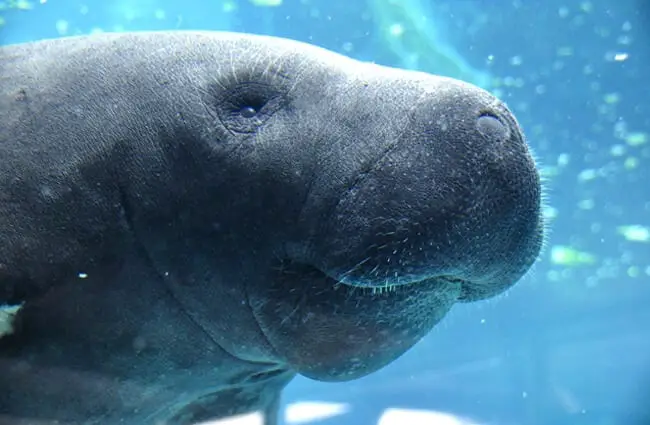

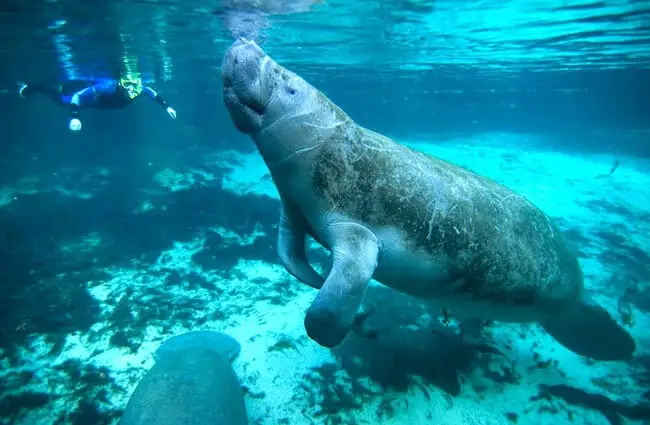

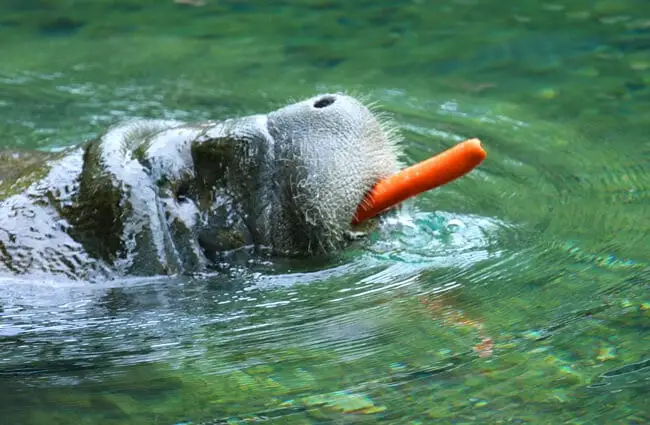


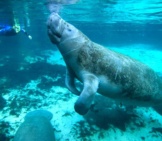
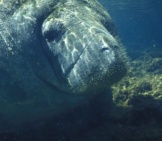

![Red Angus Closeup of a beautiful Red Angus cowPhoto by: U.S. Department of Agriculture [pubic domain]https://creativecommons.org/licenses/by/2.0/](https://animals.net/wp-content/uploads/2020/03/Red-Angus-4-238x178.jpg)












![Red Angus Closeup of a beautiful Red Angus cowPhoto by: U.S. Department of Agriculture [pubic domain]https://creativecommons.org/licenses/by/2.0/](https://animals.net/wp-content/uploads/2020/03/Red-Angus-4-100x75.jpg)

